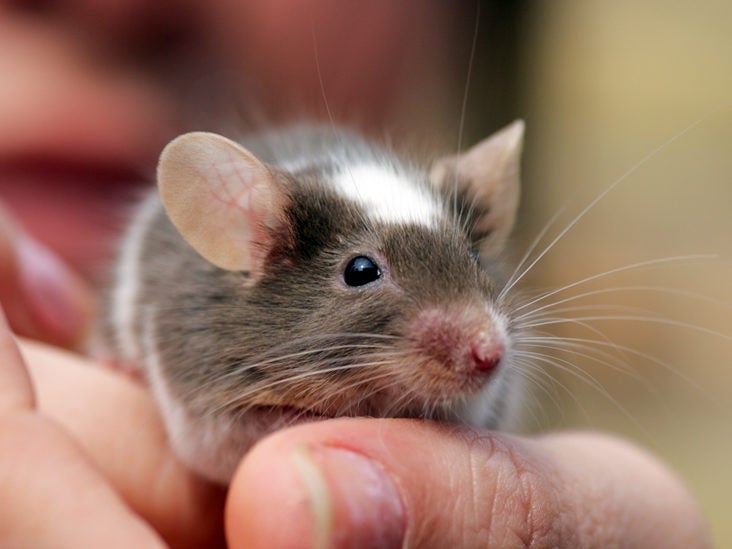
.png)
In other words, it appeared that the saccharin, which normally has no effect on the immune system, now produced a CR, a weakening of the immune system. Ader and Cohen found that for rats in the saccharin-water group, the response of the immune system was weaker than for rats in the plain-water group that is, fewer antibodies were produced by rats in the saccharin-water group. One group of rats was then given saccharin-flavored water once again, whereas a control group received plain Small quantity of foreign cells (red blood cells from sheep) that their immune systems would normally attack vigorously. A few days later, the rats were injected with a
#Name something you associate with the rat pack trial#
They gave rats a single conditioning trial in which the CS was saccharin-flavored water and the US was an injection of cyclophosphamide, a drug that suppresses the activity of the immune system. Ader and Cohen (1975) conducted a landmark study in this area. The immune system can be influenced by classical conditioning. A different theory of classical conditioning, called the sign-tracking theory (Costa & Boakes, 2009 Hearst & Jenkins, 1974), emphasizes precisely this aspect of an animal's response to a CS Although such orienting responses usually habituate if the bell is inconsequential, they persist or increase if the bell is paired with food. It first hears a bell, a dog may exhibit an orienting response: The dog may raise its ears, look in the direction of the bell, and possibly approach the bell. Second, it should be recognized that a CS such as a bell frequently elicits URs of its own, and these may become part of the CR. Low food that is not there (when the bell is rung). Thus, although a dog will chew and swallow food when it is presented, it cannot chew and swal. Some components of the UR may depend on the physical characteristics of the US, and they will not be transferred toĪ CS with very different physical characteristics. First, it should be acknowledged that only some components of the UR are transferred to the CR. Hilgard (1936) suggested two ways in which the theory might be amended. Modified if it were to remain a viable theory of classical conditioning. Because of such results, it was clear that stimulus substitution theory had to be Obviously, these behaviors were not a normal part of the dog's UR to food. Sometimes a dog would move its entire body closer to the ringing bell. For instance, using a bell as a CS, Zener found that many dogs would turn their heads and look at the bell when it was rung. Conversely, a CR may include some responses that are not part of the UR. Therefore, not all of the components of the UR are present Yet, although a well-trained CS such as a bell will elicit salivation, it will generally not elicit the chewing and swallowing responses. For example, Zener (1937) noted that when a dog is presented with food asĪ US, many responses, such as chewing and swallowing the food, occur in addition to salivation. Second, not all parts of the UR to a stimulus become part of the CR. That is, both the size and the temporal pattern of the CR differ from those of the UR. For instance, it was already noted that whereas an eyeblink UR to an air puff is a large, rapid eyelid closure, the CR that develops is a smaller and more gradual eye-lid closure. First, the CR is almost never an exact replica of the UR.


High intensity US produce more association to a CS.High intensity stimuli tend to be more easily associated with a US.If a compound stimulus is presented (more than one CS), then one stimulus may become associated with the US and one may not at all, called overshadowing.Some stimuli are more likely to become conditioned in certain circumstances.Temporal placement of conditioned stimulus.Contiguity - closeness in space or time The closer the CS is presented right before the US are presented in time, the stronger the conditioning.Contingency - an if-then relationship conditioning occurs when the CS is always paired with the US.


 0 kommentar(er)
0 kommentar(er)
